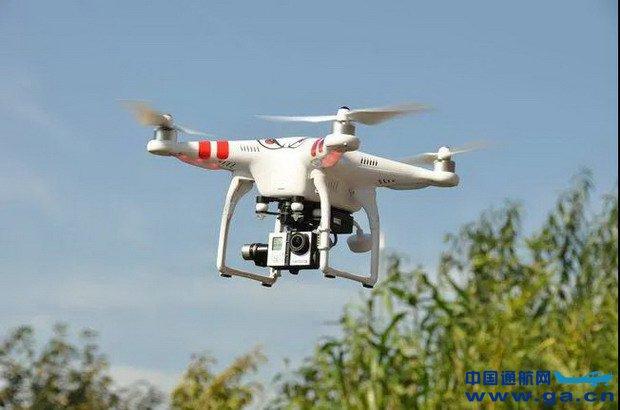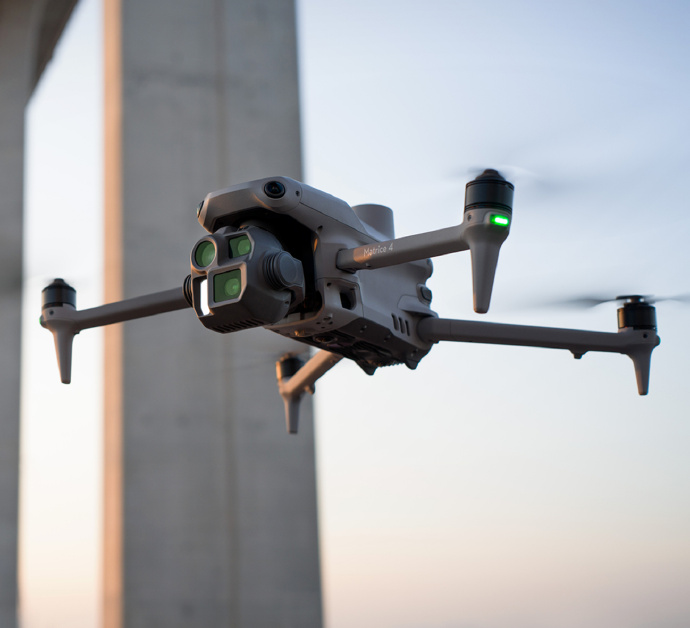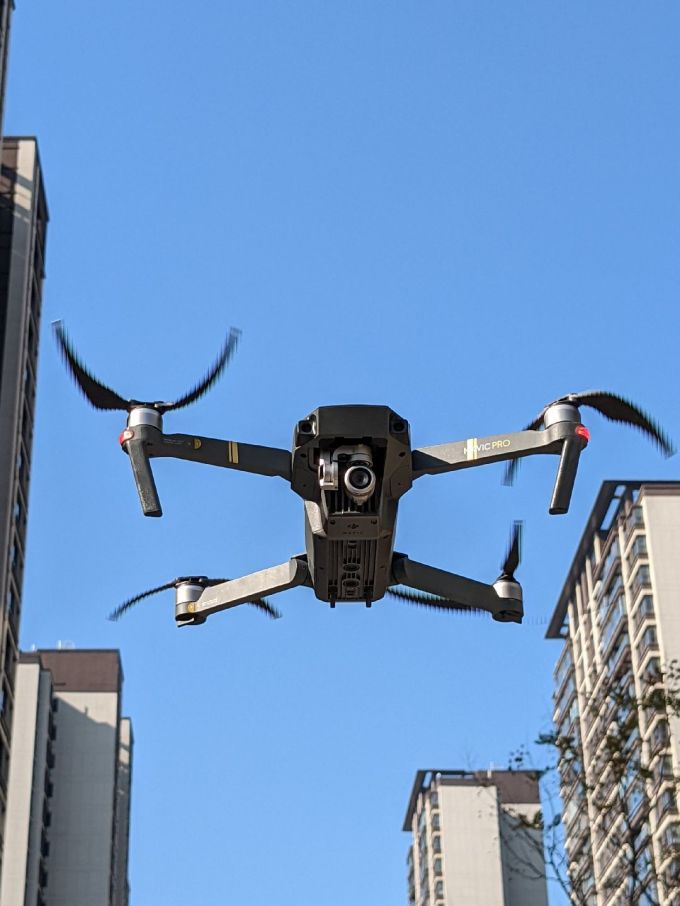In the ever-evolving world of technology, the concept of a floating drone with a camera has transformed the way we perceive aerial photography. The integration of advanced features into these drones allows enthusiasts and professionals alike to capture breathtaking images from heights and angles previously unattainable. So, what exactly makes a floating drone with camera so essential in the field of aerial photography?
Understanding Floating Drone Technology
The term “floating drone” refers to the ability of these unmanned aerial vehicles (UAVs) to hover effortlessly in the air, providing a stable platform for capturing high-quality images and videos. Equipped with advanced sensors, gyroscopes, and stabilization technology, floating drones can maintain steady flight even in variable weather conditions. This capability is crucial for producing sharp and detailed images without the blur caused by motion.
Features of Modern Floating Drones
Modern drones come packed with features that enhance the aerial photography experience. Key among these are GPS navigation, which ensures precise control and navigation; obstacle avoidance systems, which allow the drone to steer clear of objects in its path; and high-definition cameras that capture vivid images. Some drones even offer panoramic photography options, making it convenient to capture a wide-angle view of landscapes and cityscapes.
The Importance of Camera Specifications

The camera on a floating drone plays a vital role in determining the quality of your aerial shots. Most floating drones are equipped with cameras offering resolutions ranging from 12 to 20 megapixels, ensuring high-definition capture. These cameras often boast wide-angle and zoom features, allowing photographers to focus on intricate details or broad vistas with ease.
- Sensors: These are crucial for image stabilization and maintaining flight steadiness. They help the camera to adapt to changes in lighting and movement.
- Lens Options: From wide-angle to zoom lenses, ensuring versatility in capturing various subjects and scenes.
- Post-Capture Processing: Many drones come with built-in software to edit and enhance images on the go.
Safety and Environmental Impact
Drones equipped with cameras have proven to be invaluable tools for environmental monitoring, disaster management, and more. By utilizing drone technology for such purposes, researchers and aid workers can minimize their environmental footprint and enhance their safety through remote monitoring and data collection.
If you’re considering purchasing a floating drone with camera for your photography needs, ensure compatibility with your specific requirements, including terrain and weather conditions.

While these drones offer numerous benefits, it’s essential to consider local regulations and permissions for drone flights, especially in populated areas or restricted zones.
Frequently Asked Questions
What is the range of a typical floating drone?
A typical floating drone can fly within a range of 2 to 7 kilometers, depending on the model and manufacturer’s specifications.
Are floating drones waterproof?
Many floating drones are designed to withstand certain environmental conditions, but it’s crucial to check the manufacturer’s specifications for water-resistance capabilities before use.
How long can a floating drone fly on a single charge?

Flight time can vary significantly between models, but most high-quality drones offer between 20 to 30 minutes on a single battery charge.
